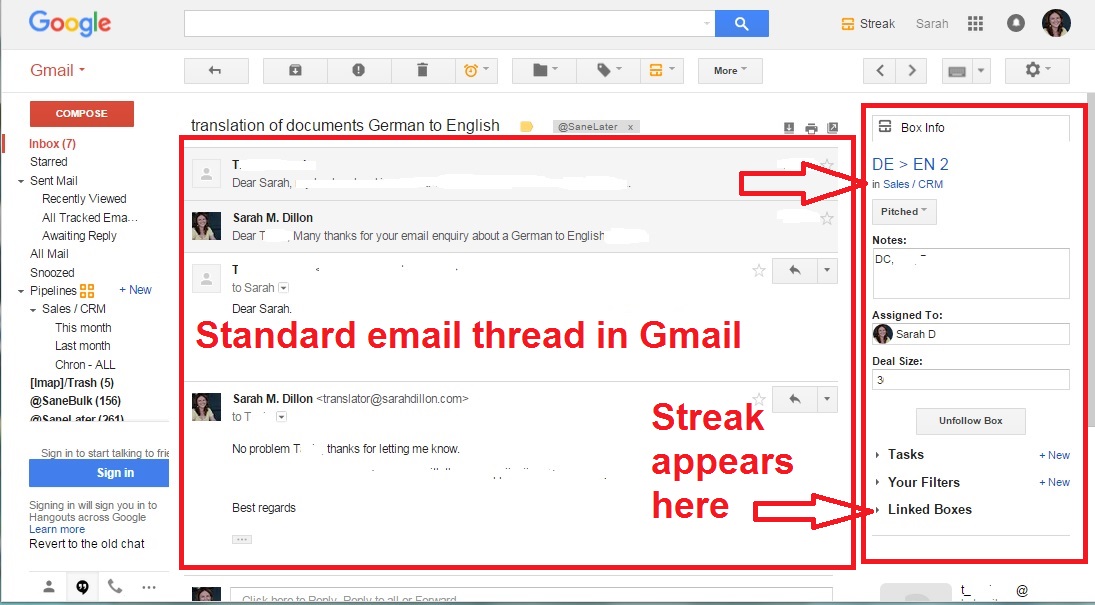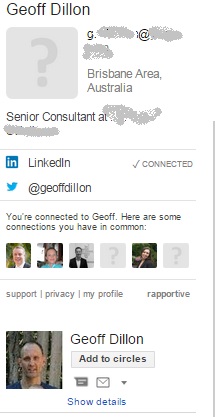
Today’s SYS Challenge: design your funnel #socialtranslator
Yesterday was about understanding the buyer’s journey. Today is about understanding your sales funnel, and linking it to your social strategy.
In other words, same thing but from a different angle 🙂 But one that’s still worth pursuing, so bear with me.
So what’s a sales funnel, and why does it matter to me as a translator?
Your sales funnel charts the process you take your customers through before they buy from you.
But instead of looking at the customer experience, it focusses more on the volume of customers in each stage.
Hence a funnel, representing the natural drop-off in the number of potential customers you have moving through each stage until they emerge as buyers from the spout at the bottom.
Yes, this is just another marketing metaphor. But it’s one I think is particularly useful for translators, particularly in the context of social. Here are two reasons why:
First, the funnel shape represents the kind of content a potential buyer might find useful, depending on the stage they are at.
Broader and more general at the top of the funnel, more detailed and specific as they reach the pointy end.
You can target your social media interactions to reflect this and to help move people through the funnel.
Second, and more importantly, looking at your sales process in this way can help you diagnose and fix business issues before they occur.
This can help prevent the feast-or-famine situation freelancers so often fret about.
Here are the kind of questions you can ask yourself to do that:
- How many leads do I have in my funnel right now?
- What is the total potential value of each deal in my funnel?
- How long does it take, on average, for leads to move through my funnel to a sale?
- What can I do to bring more potential customers into the top of the funnel?
- What am I doing to pull leads toward the bottom of the funnel?
- Are they getting stuck at any point in the funnel? What can I do to clear the blockage, if so?
- Am I spending my time and energy where it matters?
A sound social strategy is what keeps your potential buyers engaged as they work their way down your funnel.
It’s also how you can ensure the right content appears in front of the right people at just the right time.
An example
Matching your sales funnel to your social strategy doesn’t have to be complicated or time consuming.
For example, a couple of years ago I started using a free Gmail plugin called Streak to classify my email enquiries from inside my email account, based on their stage in my sales funnel. It was simple to set it up just how I wanted it, and it was incredibly easy to maintain as it was right there in my inbox, all the time.

Streak allows you to sort your emails into your sales funnel from within Gmail, using parameters of your choosing (see box on right, above).
Each day, I was able to just log in and see who I needed to follow up with, and to what end.

What Streak looks like in Gmail: it allows you to sort your emails directly into a sales funnel of your choosing. Based on this, I could make decisions on where to better invest my time.
Combined with the free Gmail plugin Rapportive, I was able to make sure I was connected to my prospects on any relevant social channels too. So when it came time to follow up or touch base, it was easy to select the channel that was most appropriate based on the kind of outreach I was aiming for.

This is what the Rapportive plugin looks like, also in the sidebar of Gmail. It automagically pulls detailed contact info into your email account to give more context to your interactions, including most recent Tweet, etc. (Note this is not a client – this is my partner. He couldn’t afford a hallowed spot in my sales funnel :)).
Best of all, over time, I was able to spot very strong patterns in the kind of enquiries that were likely to lead to a sale. Even after several years of freelancing at that point, there were still some surprises.
As a result, I was able to make sound decisions on where I should be spending my time and energy.
Of course, this system may not work for you, and that’s fine. But hopefully it will give you some ideas on how you might link up your own sales and social strategies.
—–
A Social Media Challenge!
Your mission, should you chose to accept it, is to do one thing each day in October that will have an impact on your social presence in the longer term.
Each weekday in October, I’m going to suggest a task to work on for whatever pocket of time you can carve out that day. You can choose to follow my suggestion, adjust it to suit your circumstances, or come up with an alternative – whatever makes most sense for you. Or just dip in and out as it suits.
Follow along on Twitter, Facebook, or here on the blog. Let me know how you’re getting on by using the hashtag #socialtranslator (so I can find you!). If you find it helpful, please give me a thumbs up, a like or a share – that’s how I’ll know you’re finding it useful, and it’ll help other translators join in too.